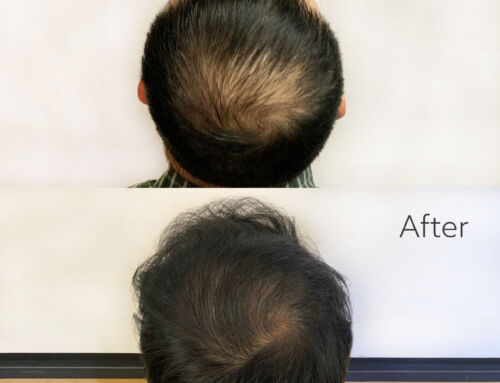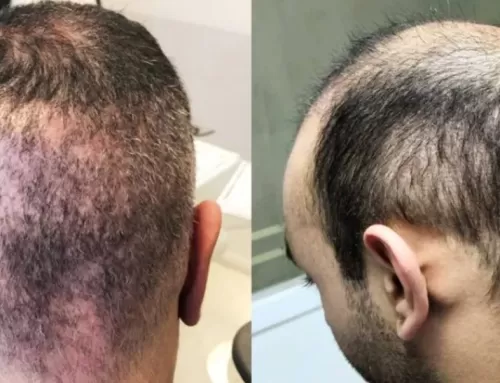Ceramides are the primary component of the top layer of the epidermis known as the stratum corneum(Latin for horny layer). Ceramides combine with cholesterol and saturated fatty acids to form this layer that helps prevent water loss. Hydrated skin is happy skin. It is important to drink plenty of fluids (minimum 64 ounces/day) as well as keep healthy levels of these components of the stratum corneum. The stratum corneum is:
-
- 50% ceramides
-
- 25% cholesterol
-
- 15% free fatty acids
-
- 15-20 cell layers thick (average)
Additionally, the stratum corneum serves as a strong barrier against the entry of microorganisms. With age there is a steady decline in the ceramide and cholesterol present in the stratum corneum. This makes the skin more prone to dryness and the penetration of different environmental irritants including bacteria. The stratum corneum is of different thickness depending on the area of the body it covers. It is thicker on the hands, feet, knees or elbows.
One of the best ways to keep this skin layer functioning well is to apply skin care products containing ceramides directly onto the skin surface. Products with a rich supply of ceramides both strengthen and refresh the skin surface, making it moist and more resistant to the external environment.
Ceramides in skin care products typically come from plants or are synthetic. Both forms have been studied and neither has been proven to work significantly better than the other. Of the nine identified, nearly every type can be found in different skin care products. They typically are present in moisturizers but may also be in serums or lotions.
Names for Ceramides seen in skin care:
-
- Ceramide AP
-
- Ceramide EOP
-
- Ceramide NG
-
- Ceramide NP
-
- Ceramide NS
-
- Sphingosine
-
- Phytosphingosine
Moisture is very important to your skin. Ceramides are an important ingredient to consider in your skin care regime to keep this very top layer of your skin both protecting your skin while holding in precious moisture.
Be Well,
Dean M. Tomasello, MD







